Do you have the Human Design 5/1 profile? Then read this blog post to find out how your profile is made up and how you can use your profile to develop naturally in your professional life. But first, let’s get to a few key facts…
3 Key facts about the Human Design 5/1 profile
- Researcher and Problem Solver: The Human Design 5/1 profile combines an in-depth search for knowledge (1st line) with the ability to be perceived as a problem solver and leader (5th line).
- Challenge & projection: People with this profile are often confronted with high expectations – clear communication and setting boundaries are essential to avoid excessive demands.
- Professional strength: The combination of analytical ability and practical solution orientation makes the Human Design 5/1 profile ideal for professions in which specialist knowledge and strategic thinking are required.
Want to find out more? Read the blog to find out how to make the most of your Human Design 5/1 profile for your career!
Basically, the profiles in Human Design are derived from the six lines of the basic structure of a hexagram from the I Ching, the Book of Changes (see illustration below). There are a total of 12 combinations of these lines that make up a profile. In your case, these are the two lines 5 and 1. In your Human Design Chart, you will also find your two lines as a number behind the dot on your conscious sun (personality) and your unconscious sun (design).
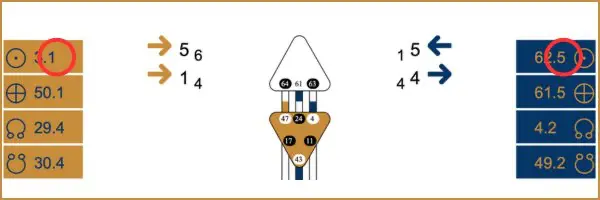
Characteristics of the Human Design lines
Each individual profile in Human Design offers a unique perspective on the world and a specific approach to life. Interesting characteristics can be derived from your profile.
You should be aware of the character traits of the first digit, as this digit can be found on the right-hand, conscious side of your Human Design Chart (line of the Sun Gate). The traits of the second digit (left side) are rather unconscious to you, especially if you have not yet reached the second half of your life and the traits still need to be integrated into your personality. The Human Design 5/1 profile has interesting traits that you are sure to recognise in your career.
In traditional Human Design, the characters shown in the illustration are assigned to the six lines. Interesting conclusions about professional life can also be drawn from these characteristics. Between the first three and the second three lines (lower and upper trigram) there is a change in the way you learn and develop in life.

How Life Unfolds with the Human Design 5/1 Profile
With the first three lines (seen from the bottom up), the unfolding of your life relates very much to your own core being. In general, it is a self-centred way of learning. So if you have a profile with line 1, 2 or 3, you discover life in a self-centred way with regard to this line.
Lines 4, 5 and 6 develop strongly in relation to your fellow human beings or colleagues. Human Design profiles can consist of two self-related lines (e.g. Human Design 1/3), two environment-related lines (e.g. Human Design 4/6) or a mix of self-related and environment-related lines, as in this Human Design 5/1 profile.
It is also important to realise that one’s own development always has to do with the inner and outer world. No one can develop naturally if they are only introverted, not even a self-centred Human Design profile. In the same way, nobody can only develop in the outside world, not even an unworldly profile. Without an object in the outside world, we do not recognise ourselves as a subject.
The inner and outer worlds are connected in the same way that yin and yang are connected (law of polarity). Consider this categorisation as a focus topic and see how these findings affect you in combination with your profile.
The Human Design 5/1 profile on the job
With a Human Design 5/1 profile, you combine the energies of the fifth and first lines. The first line, the researcher, makes you a profound explorer who is often only satisfied when he has penetrated a topic 100%. You have a natural desire to understand things in depth and to build up a solid foundation of knowledge and facts. You are thorough and detail-oriented in your pursuit of knowledge, which gives you a stable basis for your decisions and opinions.
The fifth line, the hero or problem solver/optimiser, brings a solution-oriented quality to your profile. You have the gift of being perceived as a problem solver and even a savior, often by people you don’t even know, such as colleagues from other departments or distant business partners.
Your ability to find and communicate practical solutions to other people’s challenges will bring you recognition in your environment. However, this perception can also lead to misunderstandings, as you are expected to find solutions to problems that exceed your actual knowledge and skills. Or you simply have nothing to do with the problems. With the Human Design 5/1 profile, you are not a do-gooder who has to sacrifice yourself for the community. This also applies to your company.
Basically, your strengths lie in the combination of research and problem solving or optimisation. You are good at transforming deep insights into practical, applicable knowledge. Make sure you know and communicate your limits in order to keep the expectations of others realistic and avoid overstretching yourself.
3 tips for your career path with a Human Design 5/1 profile
Tip 1: Use your research skills
Your analytical skills are a great strength. Use them to build up in-depth knowledge in your professional field and develop innovative solutions. Position yourself in roles that require detailed research and data-based decision-making. But don’t always be too precise. 100% certainty is unattainable for you. Use the Pareto Principle here and there.
Tip 2: Set clear boundaries
With the 5th line in the Human Design 5/1 profile, you are often seen as a problem solver or savior in times of need, which can lead to unrealistic expectations. Communicate your skills and limitations clearly to your colleagues and bosses to avoid misunderstandings, perhaps even at the interview stage. It is important that you do not overestimate yourself and do not lose sight of your own goals and needs.
Tip 3: Use your projection skills
Your ability to be perceived as a leader or expert can be very beneficial. Leverage the projection aspect of your 5/1 profile to build trust and influence. However, be attentive and authentic in your communication to gain the trust of your colleagues and superiors.
FAQ: Questions about the Human Design 5/1 profile
What are the core features of the Human Design 5/1 profile?
The 5/1 profile in Human Design combines the deep research inclination of the 1st line with the solution-oriented quality and influential nature of the 5th line. Individuals with this profile are known for their deep knowledge base and their ability to act as problem solvers and facilitators in their environment.
How can someone with a Human Design 5/1 profile best navigate their professional life?
In professional life, 5/1s benefit from positions that require in-depth analysis and research. Their ability to offer practical solutions makes them valuable team members in strategic and advisory roles.
What challenges might someone with a Human Design 5/1 profile experience in Human Design?
The biggest challenges for people with a 5/1 profile often lie in the high expectations others have of their problem-solving skills and the need to set clear boundaries to avoid being overwhelmed.
How would you describe the combination of the Human Design types with the Human Design 5/1 profile?
Here are suggested combinations for Human Design Types with the Human Design Profile 5/1:
- Manifestor 5/1: Researching problem solver with innovative strength
- Reflector 5/1: Researching problem solver with an overview
- Manifesting Generator 5/1: Researching problem solver with turbo power
- Generator 5/1: Researching problem solver with process orientation
- Projector 5/1: Researching problem solver with knowledge of human nature
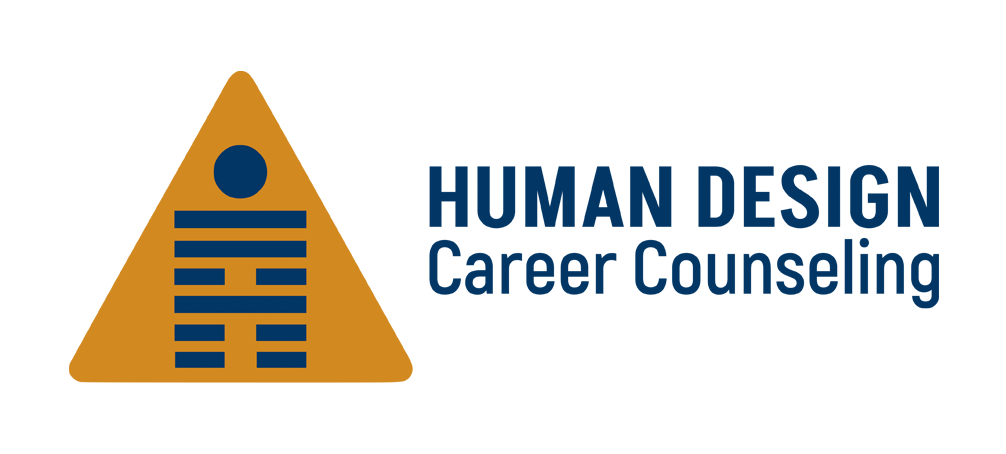
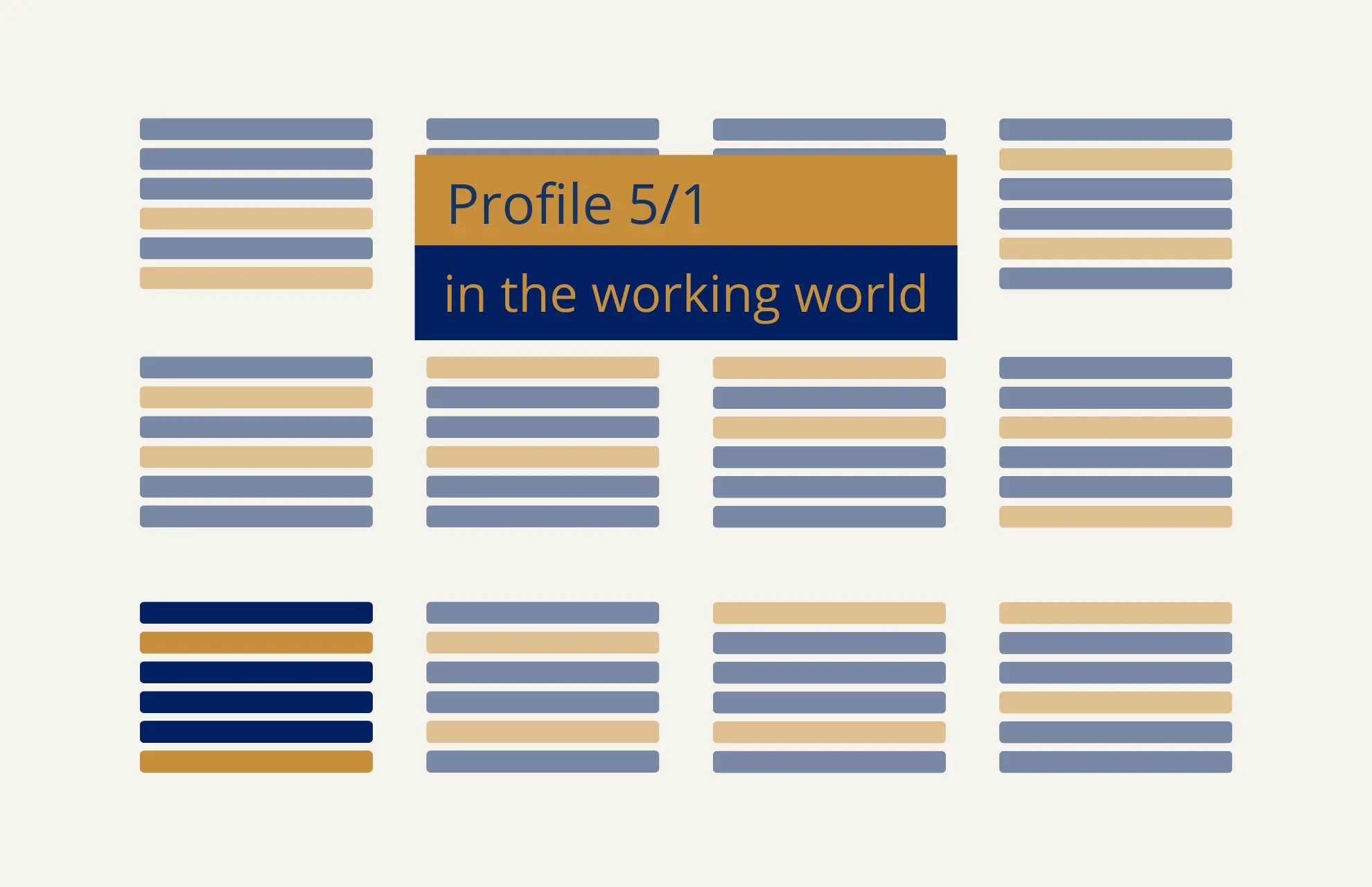
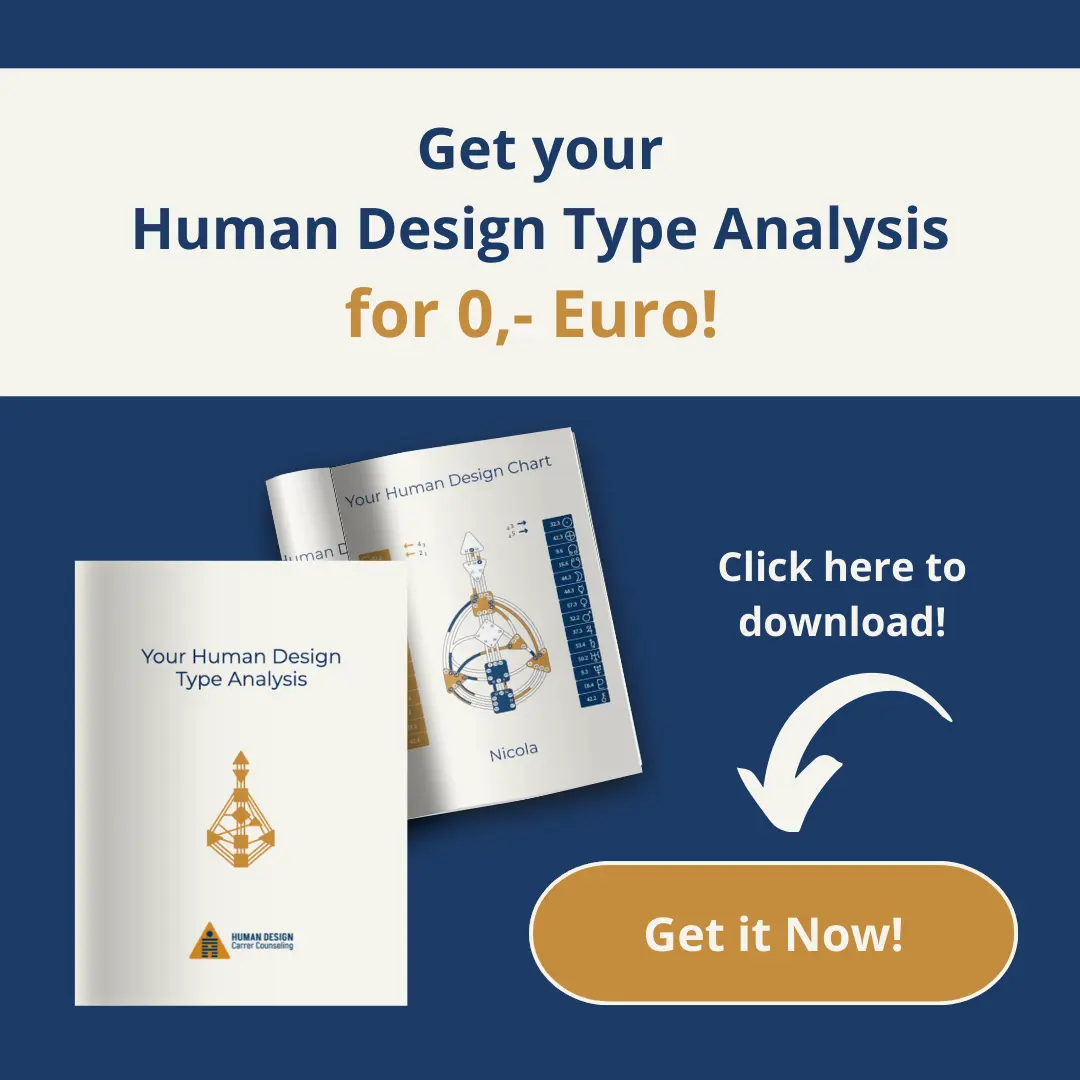


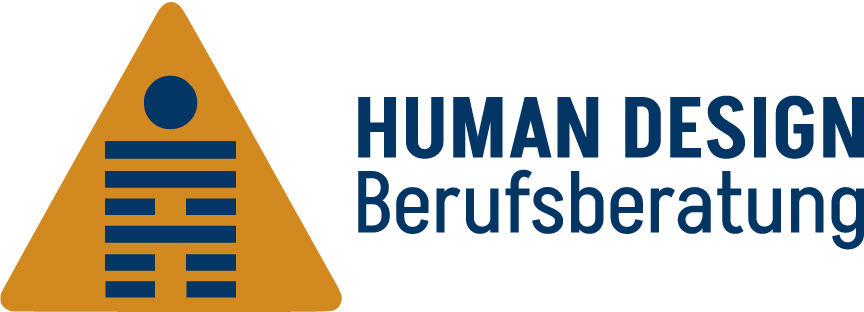
0 Comments